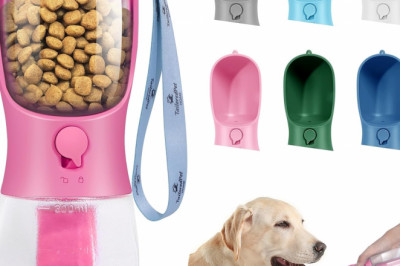IP Ratings Explained
The Ingress Protection (IP) rating is a crucial factor in determining a scooter's water resistance. This rating consists of two digits: the first indicates protection against solid objects like dust, while the second has to do with water resistance. For instance, a scooter with an IP rating of IPX4 is protected against splashing water from any direction, making it suitable for light rain conditions. However, for heavier downpours or riding through puddles, a higher rating such as IPX7, which indicates immersion up to 1 meter for 30 minutes, would be more appropriate. Understanding these ratings can help you choose a scooter that matches your needs regarding water exposure.
Material Durability
The materials used in the construction of a scooter play a significant role in its water resistance. Aluminum alloy frames are commonly used due to their lightweight and rust-resistant properties, making them a good choice for durability in wet conditions. Plastic components, on the other hand, are impervious to water but may become brittle in cold temperatures. Rubber seals and gaskets are also critical in preventing water entering into sensitive areas such as the battery compartment and electrical systems. Choosing a scooter made with high-quality, water-resistant materials ensures longevity and reliability, even when frequently exposed to water.
Battery and Electrical System Protection
The battery and electrical systems are the lifelines of electric scooters, and their protection against water is paramount. Manufacturers often employ various sealing techniques and protective casings to shield these components from water damage. Look for scooters that specify waterproof or water-resistant batteries and controllers. Additionally, some models feature elevated decks that help prevent water from reaching these critical components during rides through puddles. Regular maintenance, including checking seals and casings for wear and tear, can further enhance the water resistance of these systems.
Tire Type and Performance
Tires significantly influence a scooter's performance in wet conditions. Pneumatic (air-filled) tires offer better grip on wet surfaces compared to solid (airless) tires, reducing the risk of slipping. The tread pattern on the tires also matters; deeper grooves channel water away more effectively, improving traction. Some scooters come equipped with tires specifically designed for wet weather, featuring enhanced tread patterns and rubber pieces. When considering a scooter for use in rainy conditions, paying attention to the tire type and tread design can greatly impact safety and handling.
Maintenance and Care
Regular maintenance and proper care are essential for preserving a scooter's water resistance over time. After riding in wet conditions, it's wise to dry off the scooter to prevent corrosion and check for any water damage in the battery compartment or electrical systems. Lubricating moving parts, such as the chain or bearings, with a water-resistant lubricant can also prevent rust and ensure smooth operation. Additionally, storing the scooter in a dry, covered area when not in use protects it from prolonged exposure to moisture. By adhering to these maintenance practices, you can extend the lifespan of your scooter and maintain its water resistance.











Comments
0 comment